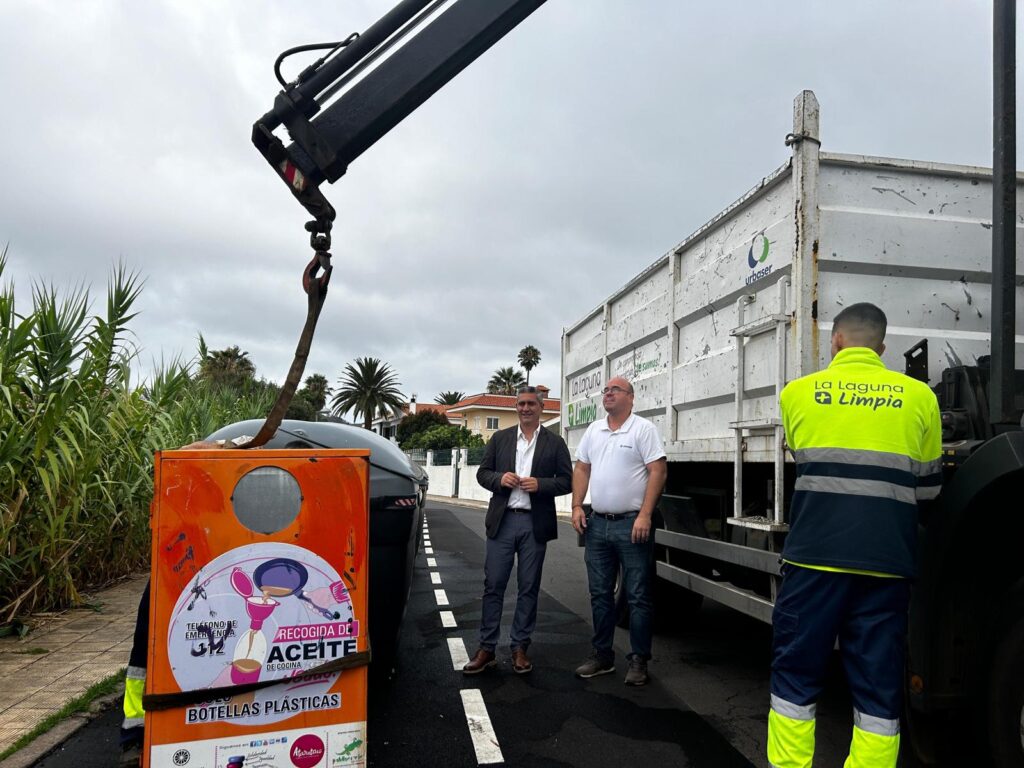
SANTA CRUZ DE TENERIFE, Feb. 3 (EUROPE PRESS) –
The Government Council of the Canary Islands has agreed this Thursday to revoke the mandatory presentation of the ‘Covid certificate’ in leisure and restaurant establishments and certain activities and to request the Superior Court of Justice of the Canary Islands (TSJC) to extend its voluntary use, in such a way that the establishments that do so will gain more capacity and hours, according to a level lower than the island’s epidemiological alert.
This was stated in a press conference by the Executive’s spokesman, Julio Pérez, who has also announced the extension of closing hours in entertainment and hospitality venues –except on level four, which remain at 00:00–.
In this way, in the islands at level 1 the closure goes from 03:00 to 04:00, on level 2, from 02:00 to 03:00 and on level 3, from 01:00 to 02:00.
Pérez has indicated that the health indicators are “better” this week, especially in terms of the accumulated incidence, hence a de-escalation can be carried out “in an orderly, coherent manner”, without the set of restrictions being “suddenly” disarmed .
However, he specified that health pressure “continues to be especially worrying.”
Faced with this situation, the Government, by order of the Department of Public Health, has decided to lower the island of La Palma to level 3 of epidemiological alert — it begins this midnight — while the rest continue in the same situation, with Tenerife and Gran Canaria at alert level 4 and Fuerteventura, La Gomera, El Hierro and Lanzarote at level 3.
CASES FALL ALMOST 45% IN ONE WEEK
In the autonomous community as a whole, between January 25 and 31, 9,402 new cases of COVID-19 were reported, which represents a reduction of around 44.8% in the daily average of new cases in relation to the previous week, data that respond to the decrease of 44.8% of the Cumulative Incidence (AI) at 7 days in the Canary Islands.
From a weekly average of 782.5 cases per 100,000 inhabitants, it went to 432.1 cases this week.
The island that fell the most in incidence at 7 days was Lanzarote, which fell by 53.6%.
However, all the islands are at a very high risk level in this indicator, as is the case with the AI at 7 days in people over 65 years of age and in the AI at 14 days who are at very high risk in all the islands, although in both indicators there were decreases in the archipelago as a whole of 31.5% and 47.2%, respectively.
El Hierro is the only island that registers a rise in the AI indicator to 7 days for people over 65 years of age, which increases by 25%.
Regarding care indicators, the daily average of occupied conventional hospital beds remains practically unchanged with respect to the previous week, and with an average occupancy of 17%, it is at high risk.
The percentage of occupation in Tenerife and Gran Canaria is at a very high risk level; Lanzarote and La Gomera at a high risk level; Fuerteventura and La Palma at medium risk and El Hierro at low risk.
UNIFY CRITERIA WITH THE DECEASED
The number of occupied ICU beds maintains the upward trend, increasing by 3.5% compared to the previous evaluation and the percentage of occupancy in the archipelago as a whole is 23%.
Tenerife and Gran Canaria are at a very high risk level, Fuerteventura remains at a medium risk level, while the rest of the islands are in controlled circulation.
The median age of the total number of people hospitalized for COVID-19 in the last 30 days is 72 years and 67 years of those admitted to the ICU, while the median age of those who have died in the last 30 days is 81 years and a half, with a range from 37 to 99 years.
In addition, 42% of people admitted to critical care units diagnosed during the last 30 days had not received the complete vaccination schedule, a high percentage if one takes into account that only 18.46 percent of the population over 5 years has not yet been vaccinated.
Pérez has also commented that this Thursday there has been a technical meeting between representatives of the Ministry of Health and the Regional Council to try to “unify” criteria regarding the calculation of deaths.
He has indicated that some communities carry out the registry in one way and others in another –distinguishing between deaths from Covid and those with Covid– and although the deaths on the islands “are not disproportionate” in relation to their population, there are many differences. with other territories that present more accumulated incidence.
















